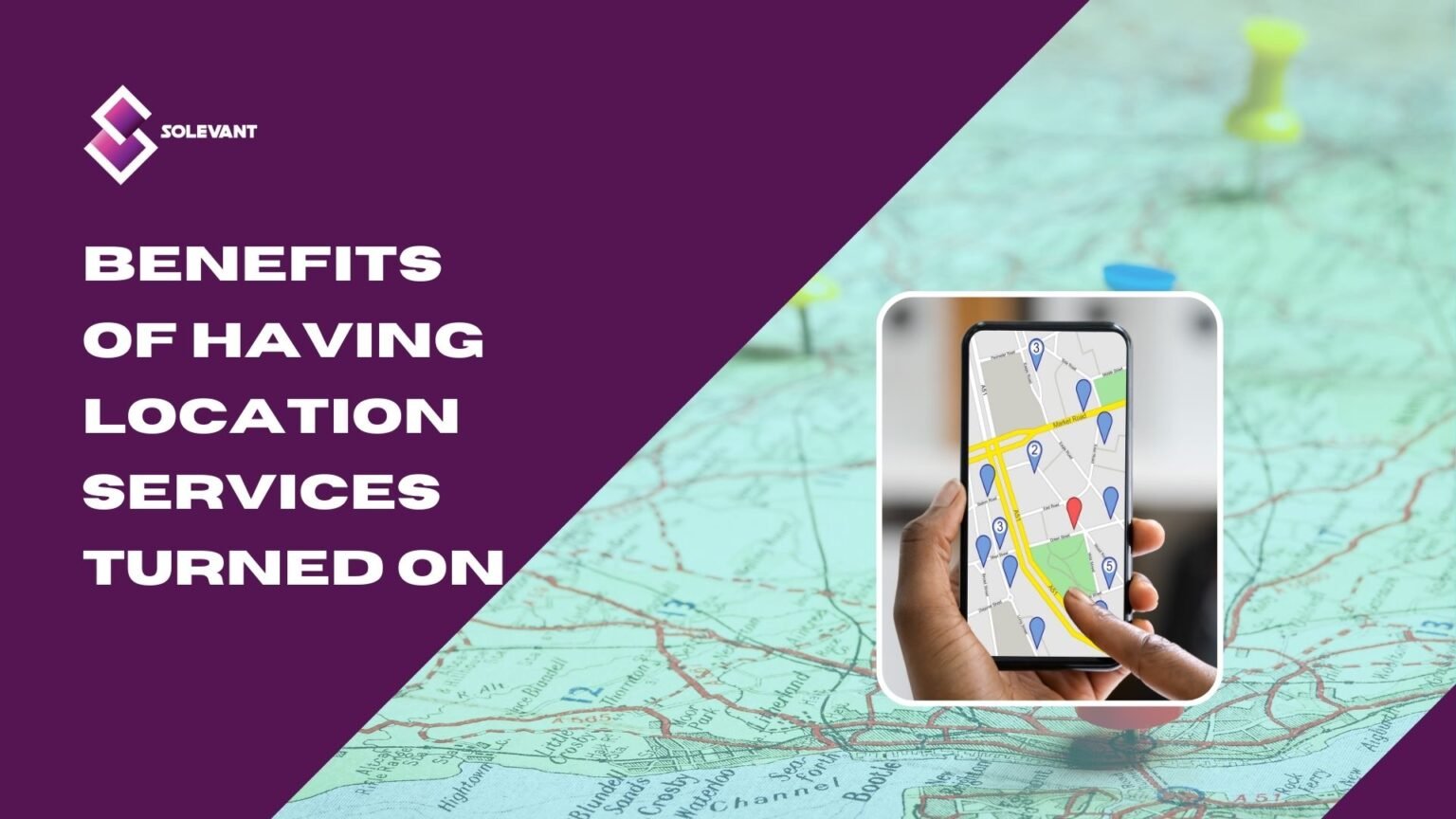Are you curious about the cost and benefits of 3D printing? While some high-end printers can come with a steep price tag, there are also many affordable options on the market. In fact, you can get a quality 3D printer for under $200.
But the cost is just one consideration when it comes to 3D printing. In this article, we’ll explore the benefits of using a 3D printer compared to a traditional printer, factors to consider when choosing a 3D printer, maintenance tips, and more.
If you’re looking for a quality printing solution that won’t break the bank, 3D printing may be the answer. Let’s dive in and explore the world of 3D printing!
What is 3D Printing
3D printing is an additive manufacturing process in which three-dimensional objects are created from a digital file. The objects are created by successively adding layers of material until the desired shape is achieved. 3D printing is used in a variety of industries, including architecture, automotive, aerospace, and medicine.
3D printing has some advantages over traditional manufacturing processes. It is faster, more versatile, and less expensive. Additionally, 3D printing can be used to create objects with complex geometries that would be difficult or impossible to create using traditional methods.
Despite its many benefits, 3D printing is not without its limitations. One of them is that the objects that can be created using 3D printing are often limited in terms of size and shape. Also, 3D printing is a relatively new technology, and there is still much to learn about its capabilities and limitations.
10 Factors That Differentiate 3D Printers From Other Manufacturing Printers
- Three-dimensional printers can create objects with more intricate shapes and designs than traditional printers.
- 3D can print in a wider range of materials, including plastics, metals, and ceramics.
- 3D printers often have a smaller footprint than traditional printers.
- 3D printers are typically more expensive than traditional printers.
- 3D printers often require special software and hardware to operate.
- 3D printers can print in multiple colors, whereas traditional printers typically only print in one color.
- 3D printers can create objects with moving parts, such as hinges and gears.
- 3D printers can create objects with complex internal geometry, such as hollow tubes and chambers.
- 3D printers can print in multiple orientations, allowing for more freedom in object design.
- 3D printers often have a higher degree of accuracy than traditional printers.
How Expensive is 3D Printing? Factors That Affect the Cost of 3D Printing

3D printing technology has come a long way in recent years, and the price of 3D printers has fallen significantly. However, there are still a number of factors that can affect the cost of 3D printing
Therefore, one cannot expressly talk about how expensive 3D printing is because different factors contribute to the cost, like the price of the printer, the cost of the materials used in printing, the size of the print, and the type of 3D printing involved.
The Cost of Machines
A big factor in how much 3D printing costs is the price of the machine itself. As with most technologies, the price of 3D printers has come down significantly in recent years. You can now find entry-level printers for around $200, and even high-end industrial machines for under $10,000.
Of course, the price you pay for a printer will also depend on the features and quality you need. But, overall, the cost of machines has come down significantly, making 3D printing more affordable than ever before.
The Cost of Materials
One of the biggest factors in determining the cost of 3D printing is the cost of materials. The more expensive the material, the more expensive the print will be. For example, if you are using a high-end filament like ABS or PLA plastic, then your prints will likely be more expensive than if you were using a lower-cost filament like wood or metal.
However, even with high-priced filaments, there are ways to keep costs down. For instance, by using a smaller nozzle size on your printer, you can use less material and save money.
You can also use online resources to find tips and tricks that will help you save money on materials without sacrificing print quality.
3D Printing Services
These services allow users to upload their designs and have them printed by a professional company. The cost of these services can vary depending on the quality of the print and the materials used. However, they are typically more expensive than printing at home.
Size of The Object
The size of the object you want to print will also affect the cost. Larger objects generally take longer to print and require more material. This means that they will typically cost more to print than smaller objects.
Complexity of The Object
The complexity of the object you want to print can also affect the price. Usually, it takes longer to print more complicated things, and you may need special support or other materials. This can add to the overall cost of printing.
Quality of Prints
Finally, the quality of your print can also have an impact on cost. Most of the time, higher-quality prints take longer to make and may need special settings or materials. This can increase the overall cost of your print.
Without further ado, 3D printing is a versatile technology that can be used to create a wide variety of objects. The cost of 3D printing will vary depending on the factors mentioned above. By considering these factors, you can get a better idea of the cost of 3D printing.
Cost of Labour.
Finally, there is the cost of labor. If you need someone else to help you print your object, that will add to the overall cost.
Factors To Consider When Deciding if 3D Printing Is Right for You
When it comes to 3D printing, there are a few key factors you’ll want to keep in mind to ensure that the process is right for you. Here are six of the most important things to consider:
What Are You Trying To Print?
The first thing you need to ask yourself is what exactly you’re trying to print. There are a few different types of 3D printers available on the market, each designed for specific materials and purposes. If you’re not sure what you need, it’s worth talking to a professional to get some advice.
What Quality Do You Need?
The next thing to consider is the quality of the finished product. 3D printing technology has come a long way in recent years, but there are still some limitations to what it can produce. If you need something that looks and feels completely perfect, 3D printing may not be the best option.
How Much Time Do You Have?
3D printing can be a relatively slow process, depending on the size and complexity of the object you’re trying to print. If you need something quickly, you may want to consider other manufacturing methods like injection molding or CNC machining.
How Much Money Are You Willing to Spend?
3D printers aren’t cheap, and even the materials can be fairly costly. If you’re on a tight budget, 3D printing might not be the best option for you.
What Are Your Space Limitations?
3D printers vary in size, but they all require a fair amount of space. If you’re limited on space, you’ll need to make sure that you have enough space for the printer and the object you’re trying to print.
What Is Your Level of Experience?
3D printing can be a bit complicated, so it’s important to have at least some level of experience before you try it. If you’re not sure what you’re doing, it’s probably best to leave it to the professionals.
Keep these factors in mind, and you’ll be able to decide if 3D printing is right for you.
Tips to Help You Cut Down Your 3D Printing Cost
As with other producing industries, some tips and tricks can help you to reduce the production cost of your 3D printing operations. Find some of them below:
Use Open-Source 3D Printers
There are many benefits to using open-source 3D printers. One of their biggest advantages is that they tend to be much cheaper than their proprietary counterparts. Also, since the design files for open-source printers are free to get, you can often find upgrades and changes made by the community that can lower your printing costs even more.
Use Lower-Cost Filaments
Not all 3D printer filaments are created equal. In general, lower-cost materials like ABS and PLA will be less expensive than more exotic filaments like PEEK or carbon fiber. When choosing a filament, think about both how much it costs per kilogram and how much you’ll need for your project.
Use a Higher Infill
One of the simplest ways to reduce 3D printing costs is to use a higher infill setting. Infill is the percentage of your print that is solid material as opposed to empty space. By increasing the infill, you can make your print stronger and last longer while using less filament overall.
Use Less Supporting Material
Supporting materials are often needed for complicated prints, but they can make a print much more expensive. If your design can be printed without support, you’ll save money on both filament and post-processing time.
Take Advantage of Discounts and Promotions
Many companies that make or sell 3D printers have sales and discounts on their products and services from time to time. By taking advantage of these offers, you can save money on your 3D printing costs. Some businesses also offer loyalty programs or subscription services that can help you save even more money.
Factors to Consider When Getting a 3D Printer?
- Printing speed. One of the most important things to consider when choosing a printer is how fast it can print. A faster printer can get the work done in less time.
- Print quality. Another important factor to consider is the quality of the prints produced by the printer. If you want to produce high quality 3D prints, you’ll need a printer with good print quality.
- Connectivity. Another thing to keep in mind is how the printer will connect to your computer or other devices. If you need to be able to print wirelessly, you’ll need a printer with wireless connectivity.
- Cost of ownership. One of the most important factors to consider when choosing a printer is the cost of ownership. This includes the cost of the printer itself, maintenance, as well as the cost of consumables such as filaments and other printing materials.
- Warranty and support. When choosing a printer, it’s important to consider the warranty and support options offered by the manufacturer. This can be important if you run into any problems with your printer down the line.
Seven Pro Tips to Maintain 3D Printers
- Check the printer regularly
- Keep the printer clean
- Use the proper filament
- Calibrate the printer regularly
- Store the filament properly
- Use a fan to cool the prints
- Don’t overload the printer
Frequently Asked Questions About 3D Printing
3D printing is the process of making three-dimensional solid objects from a digital file. The creation of a 3D-printed object is achieved using additive processes, where successive layers of material are laid down in different shapes.
3D printers work by building up an object one layer at a time. The printer uses a computer-aided design (CAD) file to create the object. It then prints thin layers of material, one on top of the other, until the entire object is complete.
There are many benefits to 3D printing, including the ability to create objects with very intricate designs, the ability to produce objects quickly and cheaply, and the ability to create objects from a wide range of materials.
The main limitations of 3D printing are the inability to print large objects as a whole and the high cost of some 3D printers.
3D printing can be used to make many different things, such as prototypes for new products, custom parts, and works of art.
Conclusion
In conclusion, 3D printing technology has made significant strides in recent years, making it a good choice for businesses that want to gain a competitive edge through speed, flexibility, and low cost.
While 3D printing was once considered a costly option, it has become more accessible thanks to the availability of affordable printers on the market. Additionally, by utilizing open-source hardware and software, users can further reduce the costs associated with 3D printing.
In the end, the benefits of 3D printing are clear: it offers a new level of precision and customization while also reducing costs and lead times. As technology continues to evolve, it’s safe to say that we’ve only scratched the surface of what 3D printing can offer. The possibilities are endless, and we’re excited to see what the future holds for this revolutionary technology.







